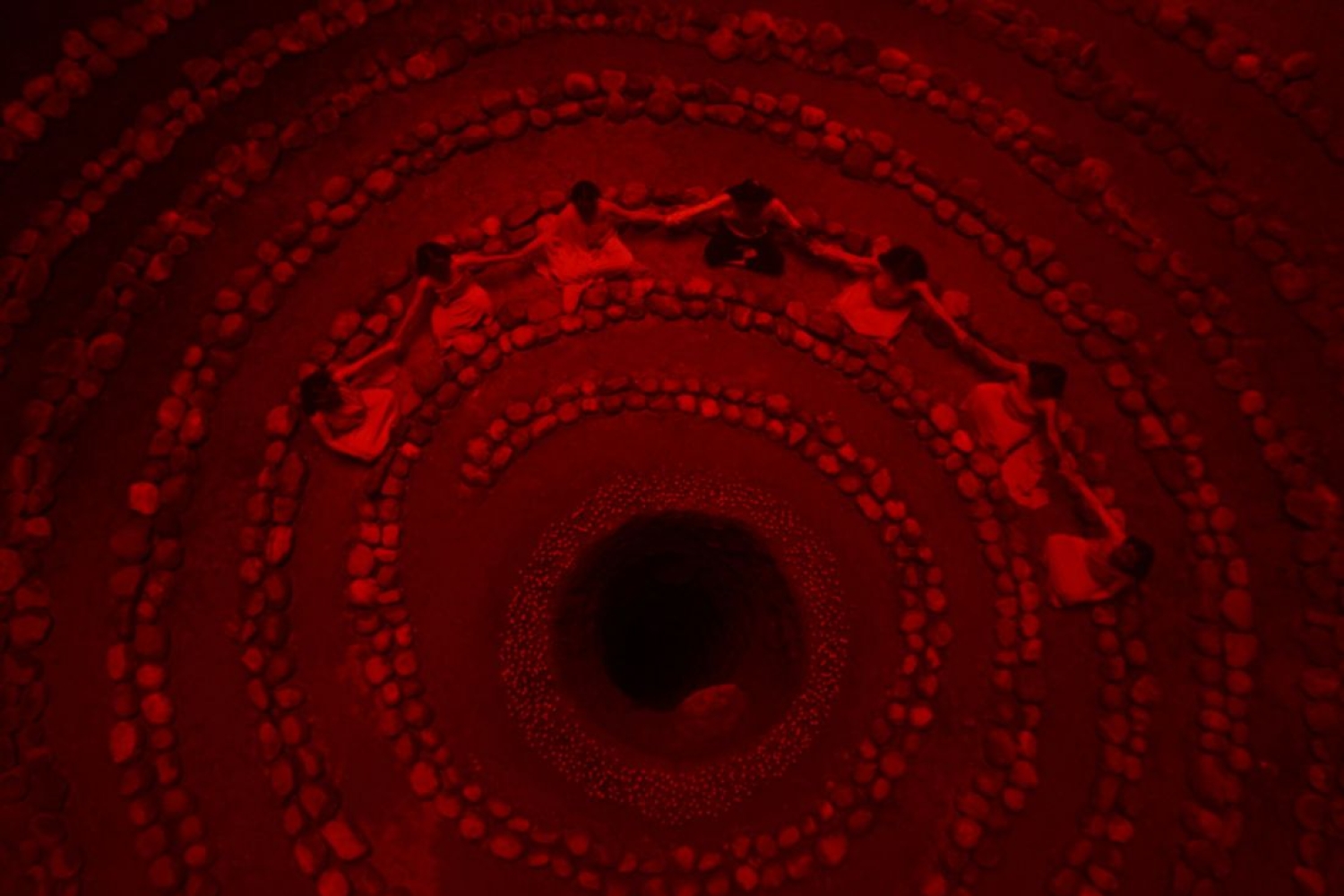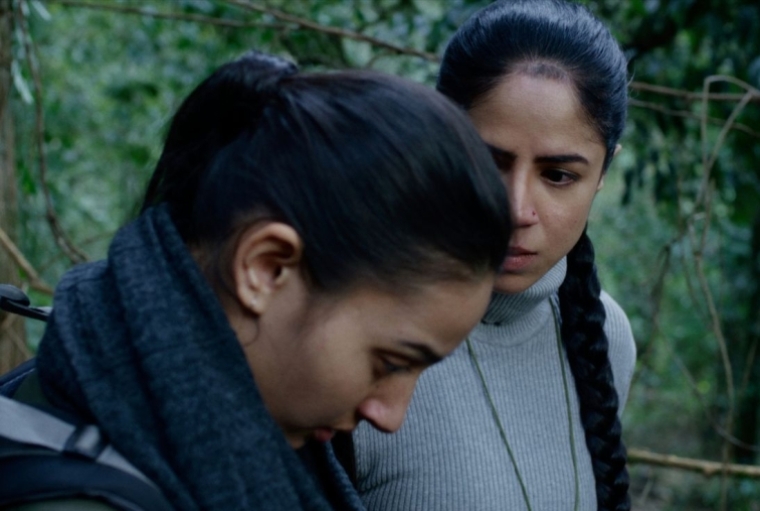

Dread, eeriness, horror, witches, mystique; filmmaker Bhargav Saikia uses these elements and textures to highlight pressing issues and challenge perceptions while meeting the audience’s expectations of thrills and scares. He did this first with a short film, Awakenings that was screened at several renowned genre film festivals, including Sitges and Neuchâtel. Bhargav explored this further with a fantasy short film, The Black Cat based on a story by Ruskin Bond. Only after all this experience and vigour, he made his debut feature narrative, Bokshi. A folk horror fantasy shot in the deep forests of Sikkim in Northeast India will have its World Premiere at the prestigious International Film Festival Rotterdam (IFFR) 2025 this week.
Written by debutant screenwriter Harsh Vaibhav, the film follows the journey of a troubled teen named Anahita. During a high school expedition to a little-known prehistoric site, she finds herself tested as a long-forgotten myth comes to life. As events take a mysterious turn, Anahita is forced to confront her worst fears.

Bhargav Saikia
What kind of films did you grow up watching?
Without a doubt, I fell in love with cinema because of my mother. She was a cinephile and often took me along to watch films in the theatre. My earliest movie memories are watching Mani Ratnam’s Anjali (on good old VCR) and Bombay in my hometown’s single-screen cinema – both profoundly impactful film-viewing experiences that are still quite fresh in my mind. And then there were the kitschy horror films by the Ramsay Brothers that got me hooked to the genre that I am exploring now as a filmmaker. Cinema (and books) make life more interesting and meaningful as they give you a chance to experience and live many different lives. I feel very privileged that I am in a position to create such experiences for others to savour.
A film that was your film school?
Instead of a single film, I would like to mention a few modern genre film directors, such as Robert Eggers, Yorgos Lanthimos and Ari Aster, who are really pushing the envelope and are my present sources of inspiration. Amongst the veterans, I can immediately think of Mani Ratnam for his prowess in visual storytelling, Guillermo del Toro for his mastery of fantasy and horror, and Tim Burton for his strange and macabre visual aesthetic.

What was the starting point for Bokshi?
My boarding school in Assam sent us on expeditions every year to the neighbouring hill states of Sikkim, Arunachal Pradesh and Meghalaya. The memories of these trips remained with me and I wanted to create an edgy genre narrative depicting a group of students on an excursion encountering an unusual adventure. I discussed this idea with the film’s writer, Harsh Vaibhav, and together we set out to Sikkim to explore its folklore, myths and legends. North Sikkim, owing to its mystical atmosphere, naturally became the focal point of our research. The folkloric aspect of Bokshi was loosely adapted from the stories and tales we collected from this particular region.
You are no stranger to the genre of horror and fantasy…what is it about the genre that gravitates you towards it?
As a filmmaker, film viewer or even as a reader, I gravitate more towards fantastical and macabre stories. I believe horror and fantasy are great genres to highlight pressing issues and challenge perceptions while meeting the audience’s expectations of thrills and scares. Moreover, the task of creating a make-believe world and pulling an audience into it is challenging and very satisfying.
Do you recall any challenging or truly testing moments during the making of the film since it was your first feature narrative?
Major portions of Bokshi were filmed in dense forests of West and East Sikkim during peak winter. Additional filming took place in Darjeeling, Kalimpong and my boarding school in Assam. Challenges were aplenty, and on most days (and many nights), we had a crew of more than a hundred people on the film’s set. I was adamant about shooting the film entirely in real locations and using every technical resource that we could afford to make the film rich in terms of its production values. We received humongous support from the Sikkimese people, and the production team managed by Harsh Vaibhav, who also served as the Executive Producer, found creative ways to tackle various logistical challenges.

Sound plays a very important role in any horror film; can you talk about that and how you curated it for Bokshi?
With sound, I aimed to create a striking gradation of eeriness and dread as the group descends into an ancient forest in the film while the protagonist embarks on her internal journey, which culminates in a startling climax. To accentuate and elevate these elements, textures, tones and ambient sounds of the forest were carefully chosen and incorporated by sound designer Dhiman Karmakar, and his team. The sound design has been ably supported by Advait Nemlekar’s sophisticated background score and Sinoy Joseph’s masterful sound mix. Another interesting facet of Bokshi is the incorporation of 'Boksirit', a fully developed fictional language spoken by the witches in the film. This invented language, presented as the progenitor of all modern languages, has been exclusively created for Bokshi by renowned Dutch linguist, Jan van Steenbergen. The use of this language has added a very unique touch to the film’s soundscape.
What are you working on next?
I am developing a few ideas within the genres of horror and fantasy with screenwriter, Harsh Vaibhav. I am also looking forward to exploring a quirky fantasy along the lines of my short film, The Black Cat, which was an adaptation of a short story by Ruskin Bond.
Words Hansika Lohani
Date 03.12.2024